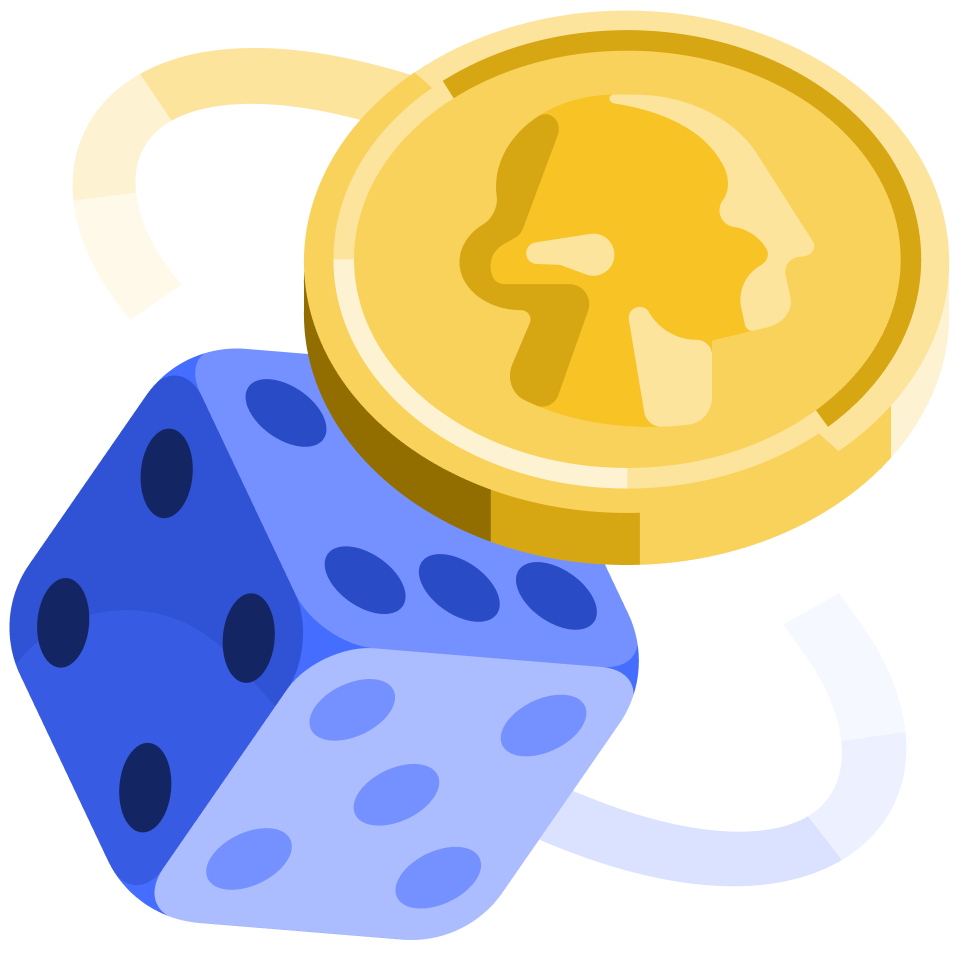
Probability and Chance
Use probability to make better decisions.
31 Lessons368 Exercises
Level 1
Introduction to Probability
Level 9
Calculating with Conditionals
Calculating Expected Value for Fixed Rewards
Calculate the expected value of an event when the reward is a fixed value by multiplying the probability by the reward amount.
Video
·
2 mins
Interactive lesson
·
2 mins

Put your learning to the test with an interactive lesson
More from this course
Probability and Chance
Use probability to make better decisions.
31 Lessons368 Exercises